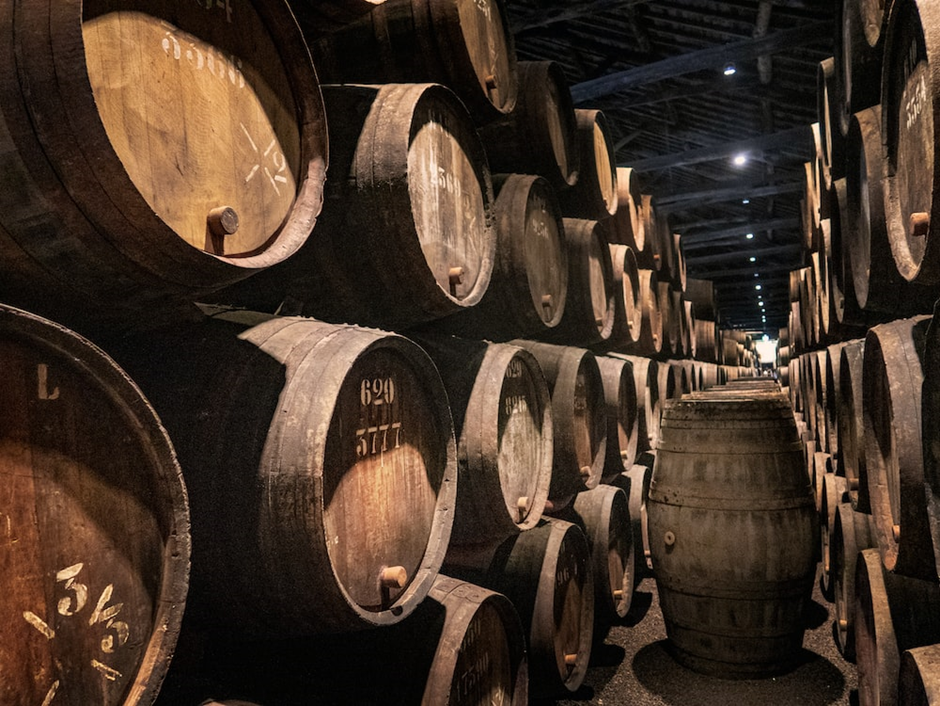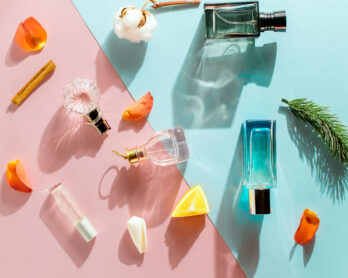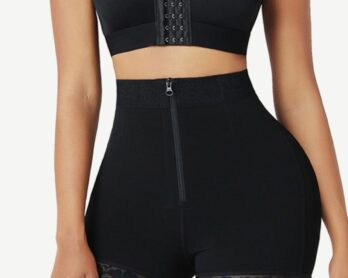
Picture: Svetlana Gumerova / Unsplash
There are many differences between professional winemakers, home drinkers with wine fridges, and enthusiasts with full wine cellars. Still, there’s one thing that all three groups of people share in common: the desire to store wine for longevity. After all, few things are as frustrating as opening your favorite bottle only to discover it’s no longer at its best due to improper storage.
Whether you’re storing wine for yourself or consumers, here are some longevity best practices to keep in mind:
Keep It Cool
The Romans couldn’t take advantage of new or used commercial wine making equipment for sale to produce quality wine, but they were on to something when they stored their wine in the cool and damp environments of underground catacombs. They likely discovered that heat spoils wine, and temperature fluctuations can shorten its enjoyable lifespan.
Keep your wine cool to lengthen its lifespan. The best temperature is often between 45-65 degrees Fahrenheit. However, red wine is usually served at a much higher temperature than white wine.
Store It In a Dark Place
Many hundreds of years ago, wine would have been stored in underground catacombs to keep it cool, but that wasn’t the only reason. Wine stays at its best for longer when it’s stored in a dark place. Sunlight ages wine, and the UV rays can result in chemical reactions that spoil it. As a result, any light can be detrimental to a wine’s quality. You may even find that excessive light fades wine labels, potentially affecting the value of collector or vintage wine.
Provide Ventilation
If you possess or produce wine with corks, store them in an area with adequate ventilation and no strong odors. Wine breathes through its cork, and there’s potential for any odors in the surrounding environment to end up in your wine. If this happens, your tasting experience may be affected.
Control the Humidity
Humidity control can be crucial since some wine producers use corks in the bottling process to preserve wine aroma and maintain control over micro-oxygenation during the aging process. If there isn’t enough humidity in a storage environment, the corks can dry out, and the wine can spoil. Always maintain humidity levels between 50-80% to prevent this.
Store It Horizontally
Storing wine horizontally is already a natural choice for space efficiency. With the right rack system, you can keep multiple bottles on top of each other. This wouldn’t be possible if you stored the bottles vertically.
However, space efficiency isn’t the only reason you should store wine lying down. The horizontal position keeps the cork moist, stopping it from drying out, shrinking, and oxidizing the wine. If you’re intentionally aging your wine, horizontal storage may also allow for even sediment distribution.
Avoid Movement
As tempting as it can be to show off your prized vintage bottle to all wine-loving guests, you’re not doing it any favors by disturbing it if you plan to drink it on a special occasion in the future. Continuous movement or handling may disturb the sediment in older wines. Once moved, the sediment can affect the wine’s flavor. You may be sorely disappointed when the time comes to pop the cork and enjoy something you’ve been keeping for a special occasion.
Many of the best wine varieties can be kept for several years in the right conditions. However, that’s not to say your prized wine will. Any wine producer or enthusiast should remember these storage techniques to improve their chances of enjoying top-quality wine in the months and years to come.












